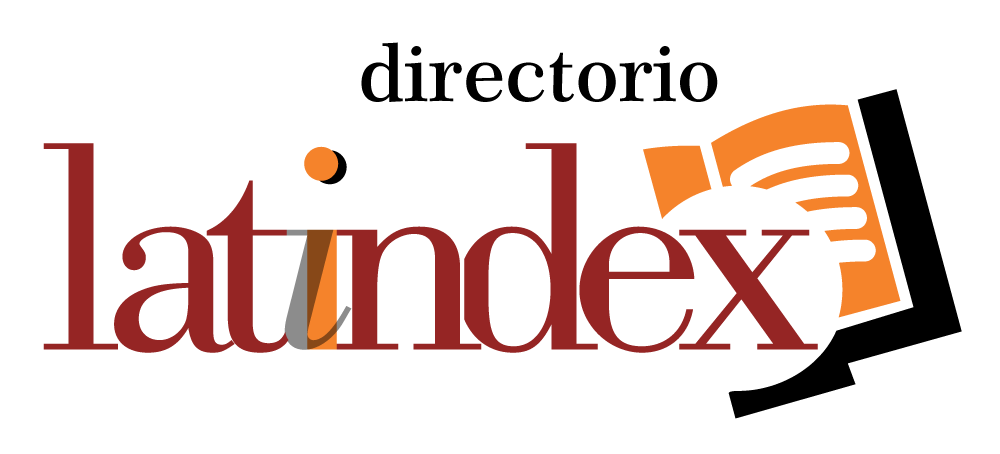Submissions
Submission Preparation Checklist
As part of the submission process, authors are required to check off their submission's compliance with all of the following items, and submissions may be returned to authors that do not adhere to these guidelines.Presentación
El Consejo Editorial de la revista propone y designa a una persona estudiosa de los estudios culturales o las ciencias sociales para presentar cada número publicado.
En este apartado se aborda de manera concreta y precisa un asunto que armoniza con los textos que se publican, además de un breve comentario sobre cada uno de estos.
Si usted está interesado en postularse para realizar la presentación de un número, favor de escribir al correo culturascontemporaneas@ucol.mx
Investigación y análisis
This section publishes original research articles that comply with theoretical, methodological and technical rigor in the broad and diverse field of study of contemporary cultures.
Minimum 25 and maximum 30 pages. It is a written report that presents original research results, whose purpose is to communicate to others in the same field, the objectives/questions, methodology (pertinent use of methods, research techniques and recording instruments) and results of the research. The scientific article should be structured under the following points: abstract (in English and Spanish), keywords (in English and Spanish), introduction, methodology, results/analysis, conclusions,
bibliographical references and annexes (optional).
It is recommended to follow the structure presented below. It is necessary to specify that the names of the sections or sections are not limited to those presented here.
Thematic article
- Introduction
- Methodology
- Results and discussion
- Conclusions
- Declaration of conflicts of interest
- References
- Annexes
- Tables and figures
- Footnotes: (For clarification only)
Metodología, métodos y técnicas
In this section we publish those papers that describe and analyze specific reflective methodological experiences. The objective of this section is to promote a research culture by showing the use of the strategies implemented in the research process, as part of the researcher's job. The minimum length is 20 pages and maximum 35.
Suggested structure of a methodological article.
- Introduction
- Materials and method
- Results and discussion
- Conclusions
- Declaration of conflicts of interest
- References
- Appendices
- Tables and figures
- Footnotes: (For clarification only)
Essay
Between 25 y 35 pages
The scientific essay is an exercise in arguing ideas around a question, objective or central hypothesis. It is a reflective exercise where the author presents arguments supported by theory and/or first-hand empirical references, in a clear and coherent manner. The essay is made up of three parts: introduction, arguments and conclusions.
The introduction clearly and briefly defines the question, objective or central hypothesis that guides the discussion. The arguments are the body of the essay. These are supported by empirical evidence and/or theory that respond to the hypothesis or central question to lead us to our own reflections on the topic addressed. The essay is a supported point of view that provides an original and rich discussion that contributes to the knowledge of the topic addressed, where the author shows a reflective exercise based on a diverse, current and strictly scientific field bibliography. The conclusions recover the central arguments of the essay to take them to a higher state of reflection.
- Introduction
- Argumentation
- Conclusions
- Declaration of conflicts of interest
- References
- Annexes
- Tables and figures
- Footnotes (For clarification only)
Copyright Notice
Authors who publish in this journal accept the following conditions:
- Authors will retain their copyright and grant the journal the right of first publication of their work, which will simultaneously be subject to the Creative Commons Attribution-NonCommercial-ShareAlike 4.0 International License (CC BY-NC-SA 4.0) that allows third parties to share the work as long as its author and first publication this journal are indicated.
- Authors may make other independent and additional contractual arrangements for non-exclusive distribution of the version of the article published in this journal (e.g., inclusion in an institutional repository or publication in a book) as long as they clearly indicate that the work was first published in this journal.
- Authors are allowed and encouraged to publish their work on the Internet (e.g., on institutional or personal pages) after the review and publication process, as it may lead to productive exchanges and to a wider and faster dissemination of the published work (see The Effect of Open Access).
Privacy Statement
The names and email addresses entered in this journal site will be used exclusively for the stated purposes of this journal and will not be made available for any other purpose or to any other party.





